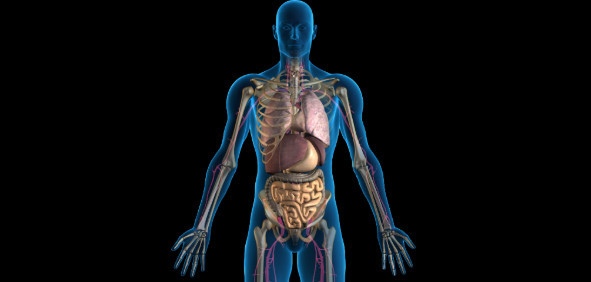Assessing the viral reservoir is traditionally akin to searching for needles in myriad haystacks.
Researchers have developed a new method of assessing the HIV reservoir, the murkily amorphous entity that lives on in the body despite antiretroviral (ARV) treatment and that frustrates attempts to cure the virus.
The central component of the viral reservoir is long-lived memory T cells that retain a recollection of specific pathogens. When such cells are infected by HIV and enter a resting state, they remain under the radar of ARVs, which work only when cells are replicating and churning out new copies of the virus.
A major problem bedeviling HIV cure researchers is the difficulty in simply knowing what they’re up against in attempting to cure the virus when they can’t map the viral reservoir with a high level of precision.
Latently infected, or resting, immune cells lack a protein on their surface that helps researchers find the cells. Reactivating the cells produces this protein, but it also causes alterations in the cells’ biology that masks the subset of memory T cells to which they belonged when they were infected by the virus.
Seeking to work around this means by which reservoir cells mask their original identities, Nadia Roan, PhD, and her colleagues at Gladstone Institutes in San Francisco developed an assessment tool with the goal of creating an effective atlas of reservoir cells. They published their findings in the journal eLIFE.
“Our findings challenge some previously held assumptions about the makeup of the reservoir,” Roan, an associate professor of urology at the University of California, San Francisco, said in a press release. “In addition, our detailed map of reservoir cells will make it easier to find these cells in infected individuals, which will fundamentally change how the latent reservoir can be studied.”
The new approach allows investigators to track nearly 40 proteins on the surface of potential reservoir cells as they seek to find similarities between such cells. This level of precision also allows them to compare the cells before and after they are reactivated. This in turn permits them to match reactivated cells with the type of pre-activation cells they most resemble.
“It’s somewhat like implementing facial recognition technology on cells,” says Roan. “You can think of it as having a photo of someone in their fifties and trying to identify them in their high school yearbook. Although individuals’ looks change as they age, you can typically still recognize them by looking for a combination of their traits. Similarly, latent cells change as they are reactivated, but they still retain some of their original identity in a way that we can capture by tracking 40 proteins at once.”
The research team analyzed millions of immune cells collected from eight people with HIV who were on antiretroviral treatment. They drew the cells from the individuals’ gut tissue and blood and from the lymph nodes of one person.
“Somewhat to our surprise, we found that the blood reservoir is not randomly distributed among memory T cells,” said Xiaoyu Luo, PhD, a scientist at Gladstone and co–first author of the study. “Instead, reservoir cells in the blood samples map to a few distinct areas on the atlas. What’s more, reservoir cells from different donors mapped near one another indicate that they share common features.”
The investigators’ finding that numerous markers were shared between the gut and lymph node reservoir cells raises hopes for the development of cure therapies that would target large swaths of the reservoir at once and that would work for many people living with HIV.
Another considerable benefit of the new method of analyzing the viral reservoir is that it was able to do a vastly better job of zeroing in on reservoir cells that contained virus capable of producing new viral copies that can successfully infect other cells. The vast majority of reservoir cells contain defective HIV, so cure therapies that go after those cells, which pose no major threat, waste energy in the process.
“The ability to isolate unstimulated latent cells from infected individuals enables previously impossible studies on HIV persistence,” the study authors concluded.
To read the study, click here.
To read a press release about the study, click here.







Comments
Comments